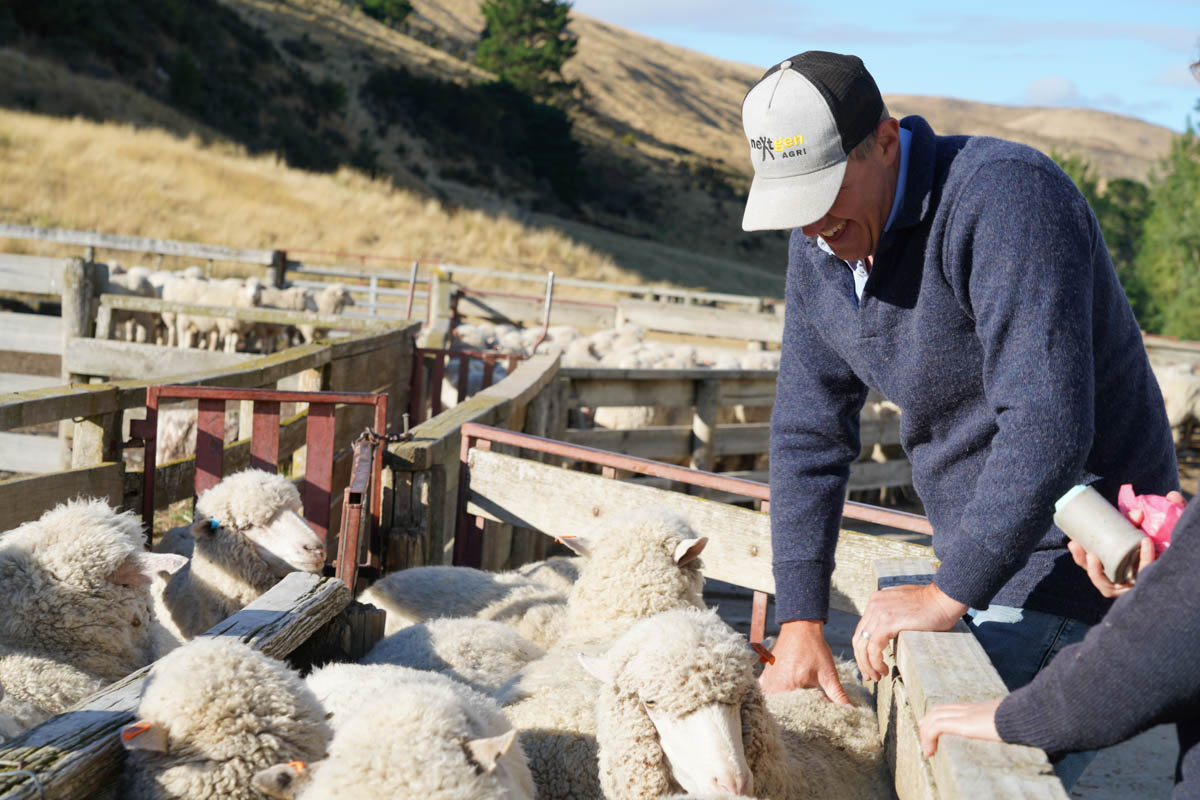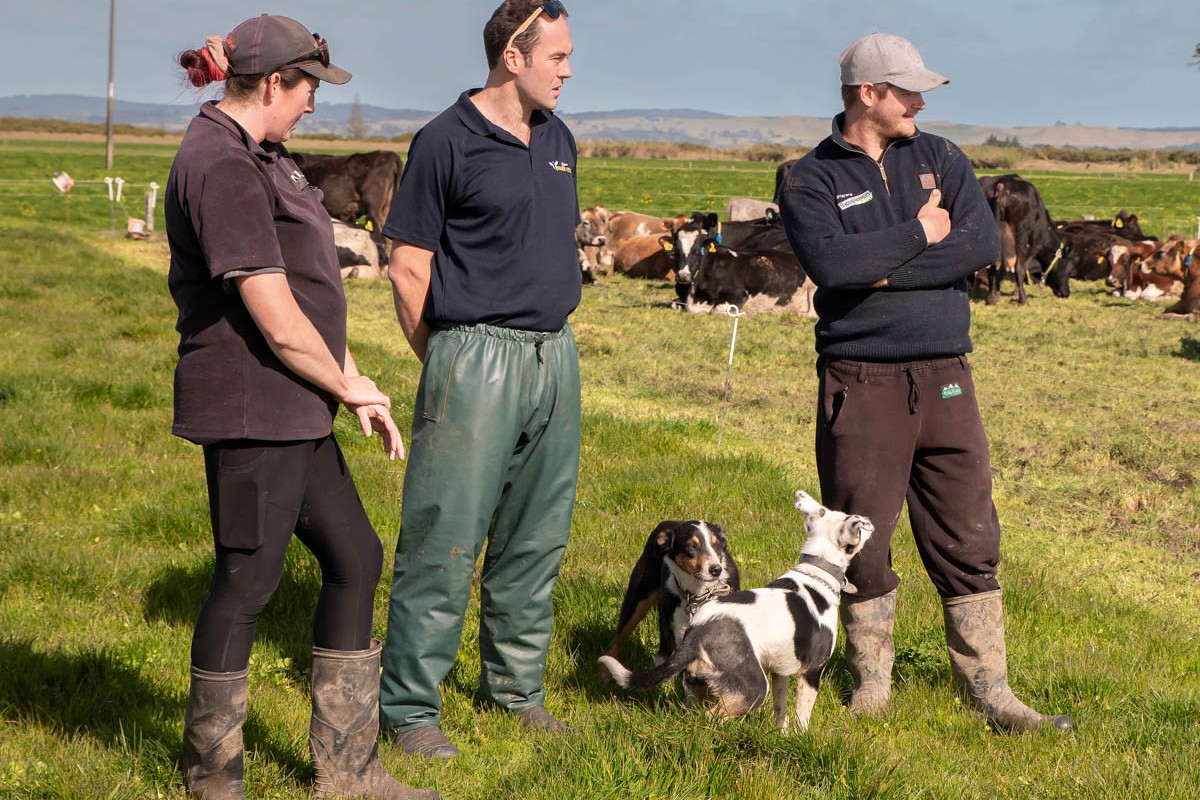BY: TREVOR COOK
The challenges ahead for farming are being experienced everywhere as are the concerns. My travels last month had me in the far south and the following week way up north.
Sowing date deadlines in the south and fencing off streams in the hills in the north both were being met with scepticism due to the lack of common sense behind aspects of both requirements.
Compliance for no clear benefit is not the way to get good co-operation. The two weather events that cost both sets of farmers a lot of income were being reacted to quite differently. The southern farmers were so philosophical about the snow that hit lambing so hard, not that they could do much about it. While their northern counterparts were already looking out for early signs of a drought so that they could react.
The drought last season was severe and has made many farmers very cautious. A very kind winter and spring has created opportunities that have not been fully exploited.
For those I have been working with who have taken advantage of the drought recovery fund it has been a very interesting process of looking at the changes that make the business less-exposed to droughts.
In most cases the changes have made the business more profitable. That is suggesting that reviews should be standard in a business plan to make sure that opportunities are captured.
For both sets of farmers and for the rest in between the interest in sheep that do not need to be shorn is high. Spending a day in November in North Canterbury on a farm with several thousand such sheep was a great experience and for the first time made me think that they could have a place commercially.
Not needing to be shorn was not exactly correct but significantly less intervention due to wool. I wrote in autumn last year about seeing sheep with no wool in England. They were very productive sheep that have been selected totally outdoors and with very low inputs.
It will take an aggressive effort to develop high performing robust sheep that do not need to be shorn and maybe widening the genetic base of that capability will be necessary. There is a lot of interest though in increasing the wool value/cost of wool equation.
I have yet to find information that shows if there are any productive consequences of not shearing ewes. Winter-shorn ewes deliver heavier lambs at birth. Winter-shorn ewes have fewer bearings and metabolic losses. On the other hand selecting sheep just for wool growth selects them to be less fecund and to be more susceptible to worms.
Probably selecting for less wool is quite different from selecting for no wool. It does make you wonder at the productive cost 40 years ago of selecting ewe hogget replacements on no other measure than their spring wool weight.
Sheep breeding selection is on the verge of another leap forward, mainly in direction rather than speed. Selecting for lower methane emissions, not needing to be drenched, no wool, more valuable wool, not needing to be dipped, longevity and for 100% lamb survival are all breeding outcomes needed and driven by a number of different factors.
The massive increase in farms with multiple drench resistance puts genetics in the box seat as the tool to manage that. The wider world expects us to reduce the methane coming from our livestock. Insecticide dips are failing which opens the door for genetic solutions.
The loss of lambs at lambing simmers in the wider community as a welfare issue. The fact that it is not does not change that perception.
Genetics must play a bigger role. For some of these that selection process is already well underway. Worm resistance/tolerance selection has been going on for a long time. It is yet to get to another level before it will really make a difference, but it will get there. Lamb survival is so influenced by management but we do have genetic lines that have higher lamb survival stats wherever they are.
Validating that selection process needs to be done to lift the selection power. Having sheep that live and produce for longer makes sheep systems more efficient in all respects. Longevity has a good heritability so progress can be made.
All of those selection traits have a significant management component as well. We already see the power of genetic capability alongside good management. This will always apply even though the standard production traits we have so successfully selected for for 50 years are no longer the way of the future.




